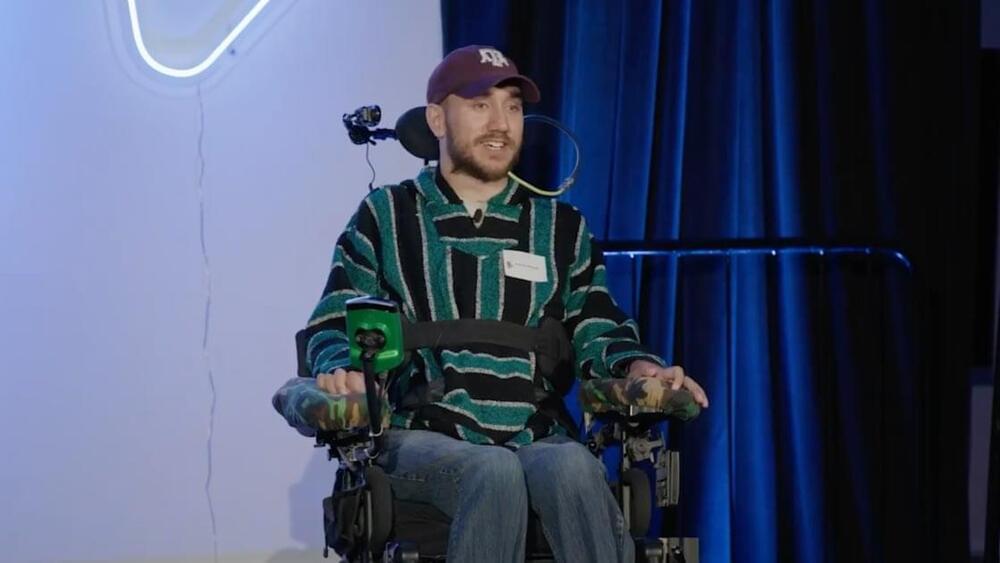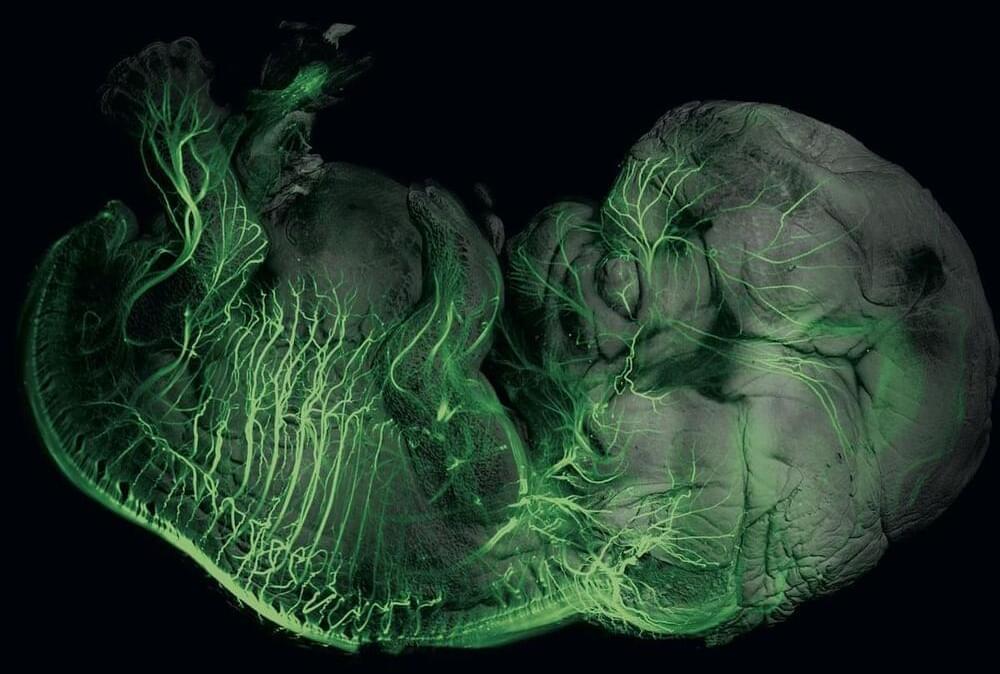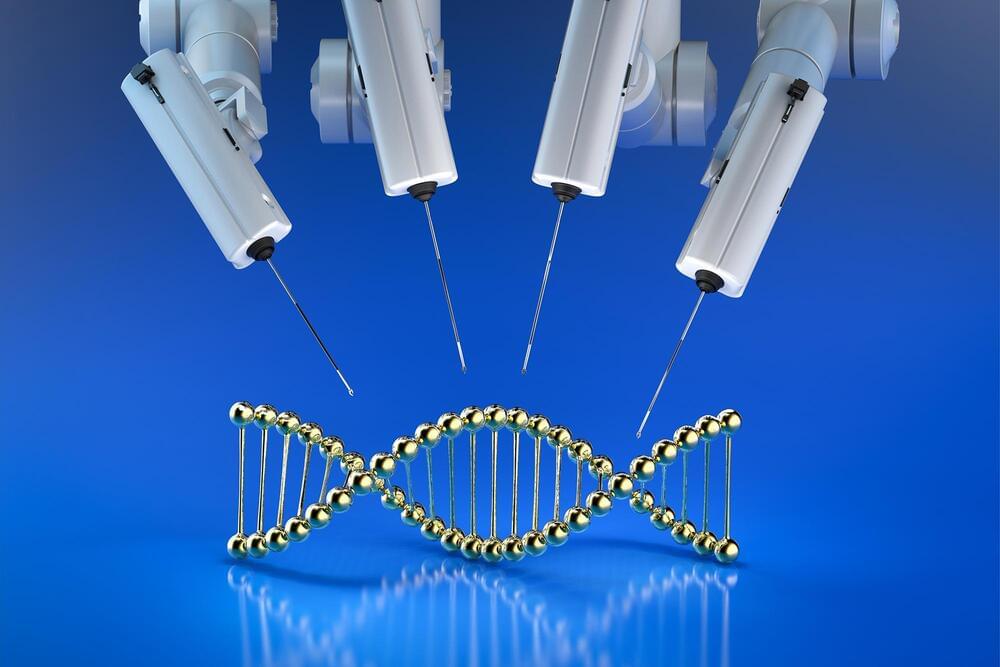Irina Conboy, Michael Conboy and Josh Mitteldorf discuss one of the central questions in aging research: is aging an active process of the body or is aging a passive process of damage accumulation? See the whole debate on our YouTube Channel: @HealesMovies Josh Mitteldorf, PhD, runs the blog “Aging Matters” (https://joshmitteldorf.scienceblog.com/) and is a consultant in mathematical modeling and creative data analysis. His research areas include evolutionary ecology, biology of aging, and the epidemiology of COVID-19. On the field of aging research, he has published two books,” Cracking The Aging Code”, co-written with Dorion Sagan (https://www.amazon.com/Cracking-Aging-Code-Science-Growing/d…atfound-20 and “Aging is a Group-Selected Adaptation” (https://drive.google.com/file/d/1bs0faQEV3T9cu-Eq079-e5bIGgMwNH08/view). Heales website (Healthy Life Extension Society): https://heales.org/ Subscribe to our newsletter: https://heales.org/newsletter/ Contact e-mail: [email protected] #science #aging #rejuvenation #biology #health #longevity #antiaging #debate #stemcells #programmedaging #entropy #cancer #conboy #conboys #mitteldorf Music: Closer To Your Dream by Keys of Moon | https://soundcloud.com/keysofmoon (CC BY 4.0)
Category: biotech/medical – Page 653

Molecular analysis confirms T. Rex’s evolutionary link to birds
face_with_colon_three year 2008.
Putting more meat on the theory that dinosaurs’ closest living relatives are modern-day birds, molecular analysis of a shred of 68-million-year-old Tyrannosaurus rex protein — along with that of 21 modern species — confirms that dinosaurs share common ancestry with chickens, ostriches, and to a lesser extent, alligators.
The work, published this week in the journal Science, represents the first use of molecular data to place a non-avian dinosaur in a phylogenetic tree that traces the evolution of species. The scientists also report that similar analysis of 160,000-to 600,000-year-old collagen protein sequences derived from mastodon bone establishes a close phylogenetic relationship between that extinct species and modern elephants.
“These results match predictions made from skeletal anatomy, providing the first molecular evidence for the evolutionary relationships of a non-avian dinosaur,” says co-author Chris Organ, a postdoctoral researcher in organismic and evolutionary biology at Harvard University.

Neuralink’s First Brain Implant Patient Now Beats Friends in Video Games
Neuralink’s first human patient has become so adept at using the company’s brain implant that he can now beat other players at video games.
On Wednesday, Elon Musk’s company provided a progress update on Noland Arbaugh, who received a brain implant in January that lets him remotely control the cursor on a laptop.
In March, Neuralink revealed that Arbaugh was using the implant to play games including Chess, Civilization VI, and Mario Kart. In Wednesday’s update, the company reported that Arbaugh’s use of the implant has only improved over time.

Health Risks of Concurrent Cannabis and Nicotine Use During Pregnancy
“There is still a great deal of stigma around the use of substances during pregnancy,” said Dr. Jamie Lo, M.D., M.C.R. “Our hope is that this research supports more open and productive conversations that ultimately result in a healthier pregnancy.”
It has long been known that smoking during pregnancy can result in bad health for newborns, but what are the consequences of smoking both nicotine and cannabis during pregnancy? This is what a recent study published in JAMA hopes to address as a team of researchers investigated the potential health risks for newborns when pregnant mothers smoke both nicotine and cannabis during pregnancy. This study holds the potential to help researchers, medical practitioners, and the public better understand the health risks of cannabis as its recreational use continues to become legalized across the United States.
“With the growing legalization of cannabis around the country, there is often a perception that cannabis is safe in pregnancy,” said Dr. Jamie Lo, M.D., M.C.R., who is an associate professor of obstetrics and gynecology at the Oregon Health & Science University School of Medicine and a co-author on the study. “Because we know that many people who use cannabis often use tobacco or nicotine products, we wanted to better understand the potential health implications on both the pregnant individual and the infant.
For the study, the researchers analyzed hospital discharge data of 3,129,259 pregnant women whose records were obtained from the California Department of Public Health and the California Department of Health Care Access and Information with the goal of using specific health codes to ascertain cannabis and nicotine use during pregnancy, and specifically the health outcomes of their newborns resulting from this exposure. In the end, the researchers determined that 23,007 used cannabis during pregnancy, 56,811 used nicotine during pregnancy, and 10,312 used both during pregnancy.

Free the Pill Day 2024
Save the date for Free the Pill’s 6th annual Free the Pill Day on May 9—the same day that the first birth control pill was approved by the US FDA back in 1960!
This year’s Free the Pill Day will be the first one with an OTC birth control pill on the shelf! On May 9, we invite you to join us on social media throughout the day to celebrate Opill on the shelf, spread evidence-based information about Opill and how to get it, and highlight the need for continued work to support equitable access—including advocating for full insurance coverage, low and no-cost options, and availability in stores and online without barriers.

The fusion of two sisters into a single woman suggests that human identity is not in our DNA
Two eggs fertilized by two sperm coincided in a uterus and, instead of giving rise to two sisters, they fused to form a single person: Karen Keegan. When she was 52 years old, this woman from Boston suffered very serious kidney failure, but luckily she had three children willing to donate a kidney to her. The doctors did genetic tests to see which offspring was most compatible and they got a major surprise: the test said that two of them were not her children. The reality was even more astonishing: Karen Keegan had two different DNA sequences, two genomes, depending on the cell you looked at. Biologist Alfonso Martínez Arias maintains that this chimeric woman is conclusive proof that DNA does not define a person’s identity.
The most inspiring science book of all time is The Selfish Gene, according to a survey carried out by the Royal Society of the United Kingdom. In this famous work from 1976, British biologist Richard Dawkins defended that the DNA molecule uses the human being as a mere envelope in order to be transmitted to the next generation and become immortal. “We are survival machines, robot vehicles blindly programmed to preserve the selfish molecules known as genes,” Dawkins stated. Almost half a century later, Martínez Arias refutes this perspective of the selfish gene and proposes a much more romantic alternative: the altruistic cell. “An organism is the work of cells. Genes merely provide materials for their work,” he says in The Master Builder, a fascinating and provocative book from the London publisher Basic Books that will also be published in Spanish this year.
Martínez Arias, 68, argues that the DNA sequence of an individual is not an instruction manual or a construction plan for their body, but a box of tools and materials for the true architect of life: the cell. The Madrid-born biologist argues that there is nothing in the DNA molecule that explains why the heart is located on the left, why there are five fingers on the hand or why twin brothers have different fingerprints. Cells are what “control time and space,” he proclaims. They are the ones who know where right and left are, and where exactly a person’s foot or an elephant’s trunk should end.


New Epigenome Editing Platform Enables the Precise Programming of Epigenetic Modifications
A study from the Hackett group at EMBL Rome led to the development of a powerful epigenetic editing technology, which unlocks the ability to precisely program chromatin modifications.
Understanding how genes are regulated at the molecular level is a central challenge in modern biology. This complex mechanism is mainly driven by the interaction between proteins called transcription factors, DNA regulatory regions, and epigenetic modifications – chemical alterations that change chromatin structure. The set of epigenetic modifications of a cell’s genome is referred to as the epigenome.
Advancements in Epigenome Editing.

Rare Retinal Cells May Hold the Key to True Color Perception
Rochester researchers harnessed adaptive optics to gain insight into the complex workings of the retina and its role in processing color. They have identified elusive retinal ganglion cells (RCGs) in the eye’s fovea that could explain how humans see red, green, blue, and yellow.
Scientists have long wondered how the eye’s three cone photoreceptor types work together to allow humans to perceive color. In a new study in the Journal of Neuroscience, researchers at the University of Rochester used adaptive optics to identify rare retinal ganglion cells (RGCs) that could help fill in the gaps in existing theories of color perception.
The retina has three types of cones to detect color that are sensitive to either short, medium, or long wavelengths of light. Retinal ganglion cells transmit input from these cones to the central nervous system.

Researchers Identify Potential Target for Treating Inner-Ear Bone Erosion
Researchers show that the possible cause of local bone erosion in cholesteatomas are fibroblasts from the bone that express a protein called activin A.
Chronic inflammation of the middle ear can cause several problems and complications that can affect a person’s hearing and balance. One such problem is the formation of a cholesteatoma, which is an abnormal collection of cells in the ear that can cause bone erosion if left untreated. In turn, this can cause symptoms such as hearing loss, dizziness, facial paralysis, and even a brain infection.
In a study published in the journal Nature Communications, researchers from Osaka University have revealed the cause of cholesteatomas, which may help in developing new therapies for patients who are suffering from this disease.